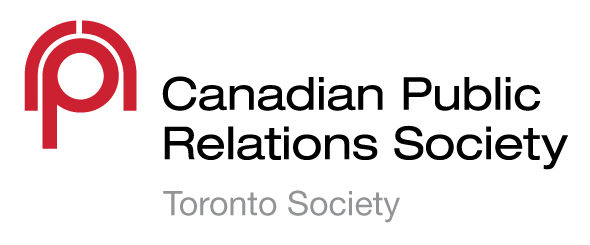You spent hours perfecting your entry for the CPRS 2012 ACE Awards and you made darn sure you got your submission in before the deadline, but what the heck happened to it?
If you’ve ever been riddled with such wonder about where your submission goes after you hit the send button, then read on to assuage your curiosity!
The journey of your ACE submission starts and ends with the judging panel. This panel – a group of more than 20 experienced communications professionals, many of them accredited – engages in a methodical process for both the executive summary and full submission stages.
Stage 1: The Executive Summary Submission
This stage is really an initial screening and allows the judges to narrow down the sheer number of entries before the next, more cumbersome step of reviewing the “big binder” submissions. After you submit your executive summary, it is divided at random to be assessed by two independent judges. For this portion of the process, the judges have a few days to complete the evaluation.
Your final score is then determined by the average of those two evaluations. Once all the numbers are in, those who have met a threshold score of 70 per cent move on to the next round. There is no limit to the number of submissions that can be put through to the next stage.
Stage 2: The Full Submission – “The Big Binder”
The full submission stage is the time and place for you to provide all of the shining evidence of the success of your campaigns for the judges’ consideration. These submission are larger, longer and far more detailed; this is the Big Kahuna.
Imagine this: one room with piles upon piles of huge binders containing budgets, media clippings, photos, research summaries and a whole lot of blood, sweat and tears – figuratively, of course.
How many days must it take to evaluate these submissions? 10 days? eight days? It can’t be less than five days, right? Surprisingly, the full submission judging takes place in only a single day.
The judging panel meet all together and then are divided into teams with submissions divided equally amongst them. Everyone randomly selects binders for their team to tackle. At least two judges evaluate each binder and, once again, the average score between them determines the final success level.
Stage 3: Best in Show
Once the full submission scores are compiled, the four highest rated campaigns are judged yet again for two coveted prizes: Best Creative Campaign and Best Overall Campaign. Only the full submission scores are taken into account for Best in Show.
If your submission has risen above the rest, then you will be invited to present your work in person before the judges. This is your opportunity to compete against the other stand-out entries of the year by delivering one last pitch to highlight your campaign’s excellence for the judging panel.
That’s all, folks! Now that you know what goes on behind those judging doors, you can appreciate the daunting task the panel faces each year. Be sure to check out Preparing Your Ace Submission and Your ACE Submission: Round Two! for tips and tricks to make your submission stand out.
And what’s the best way to celebrate all of this hard work? By attending this year’s gala on Thursday, April 26, 2012! Be sure to save the date.


